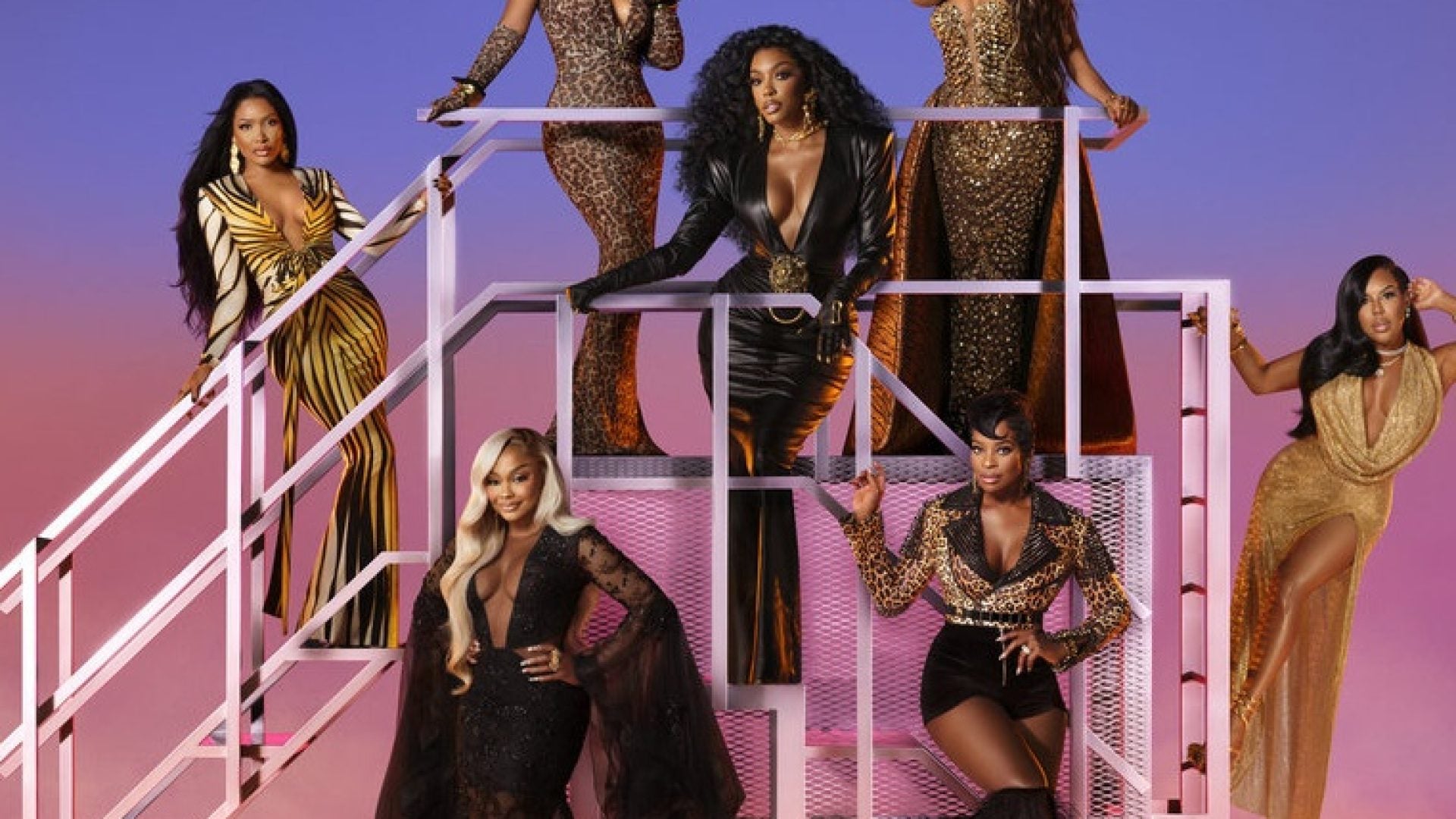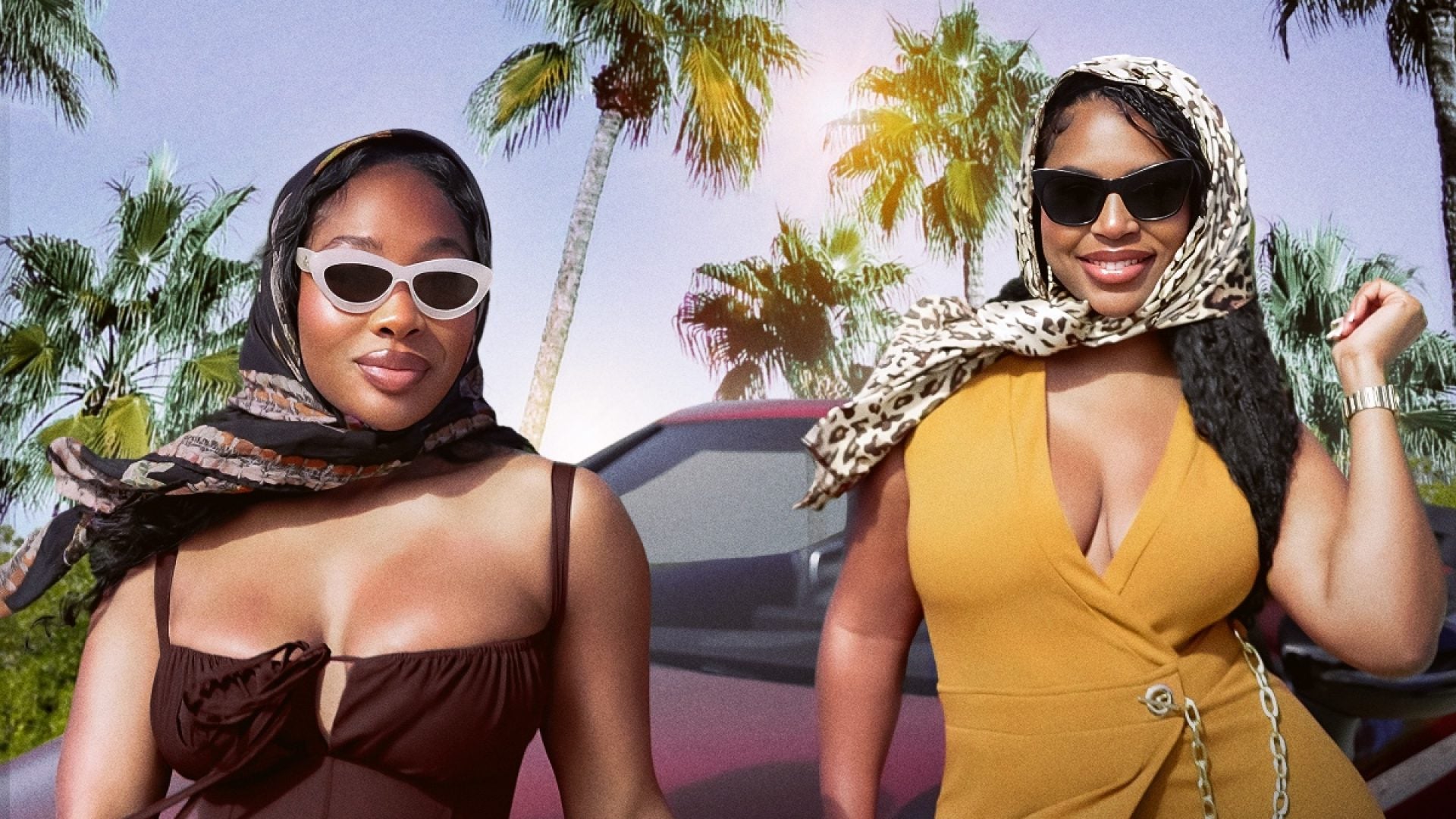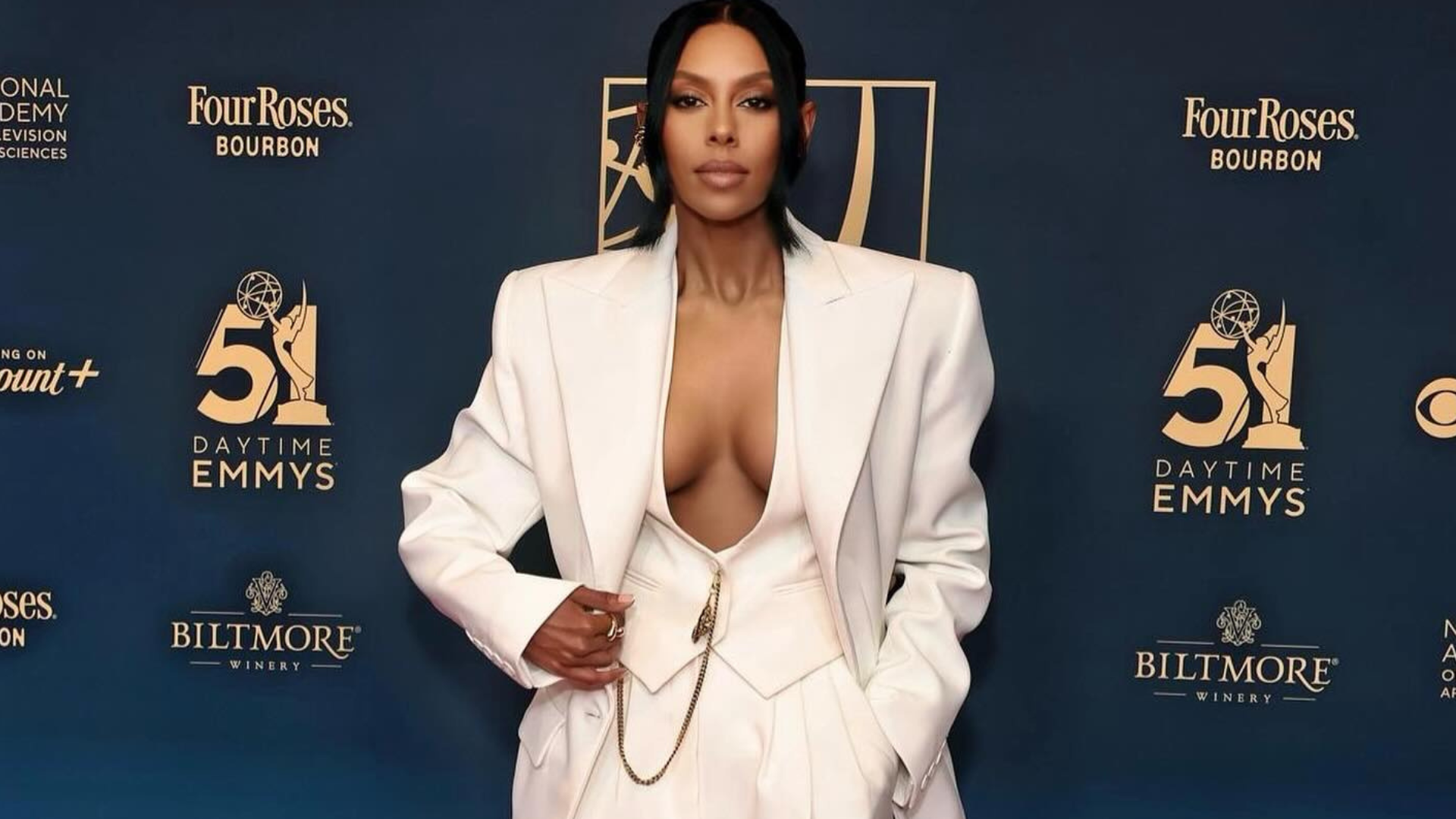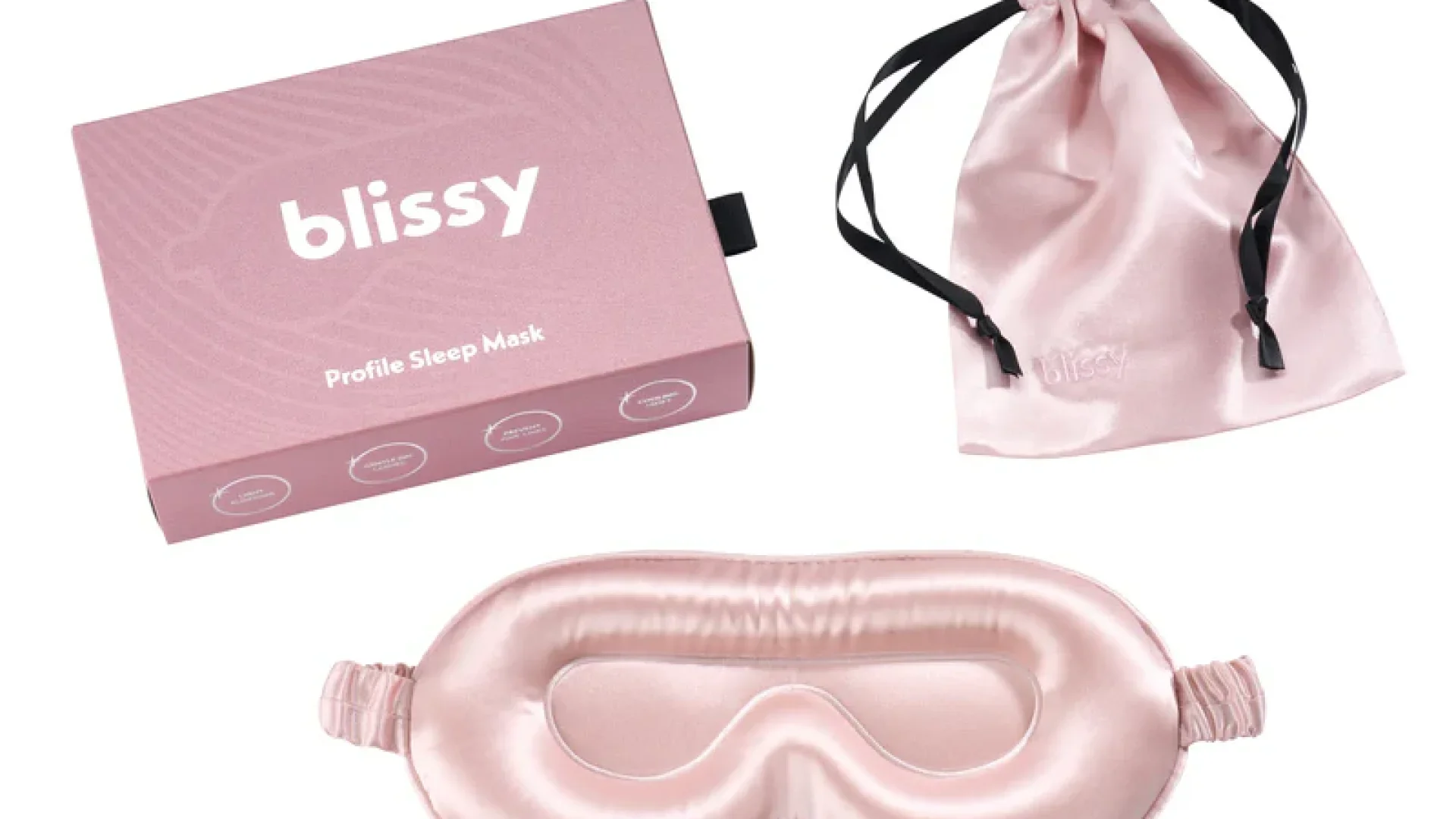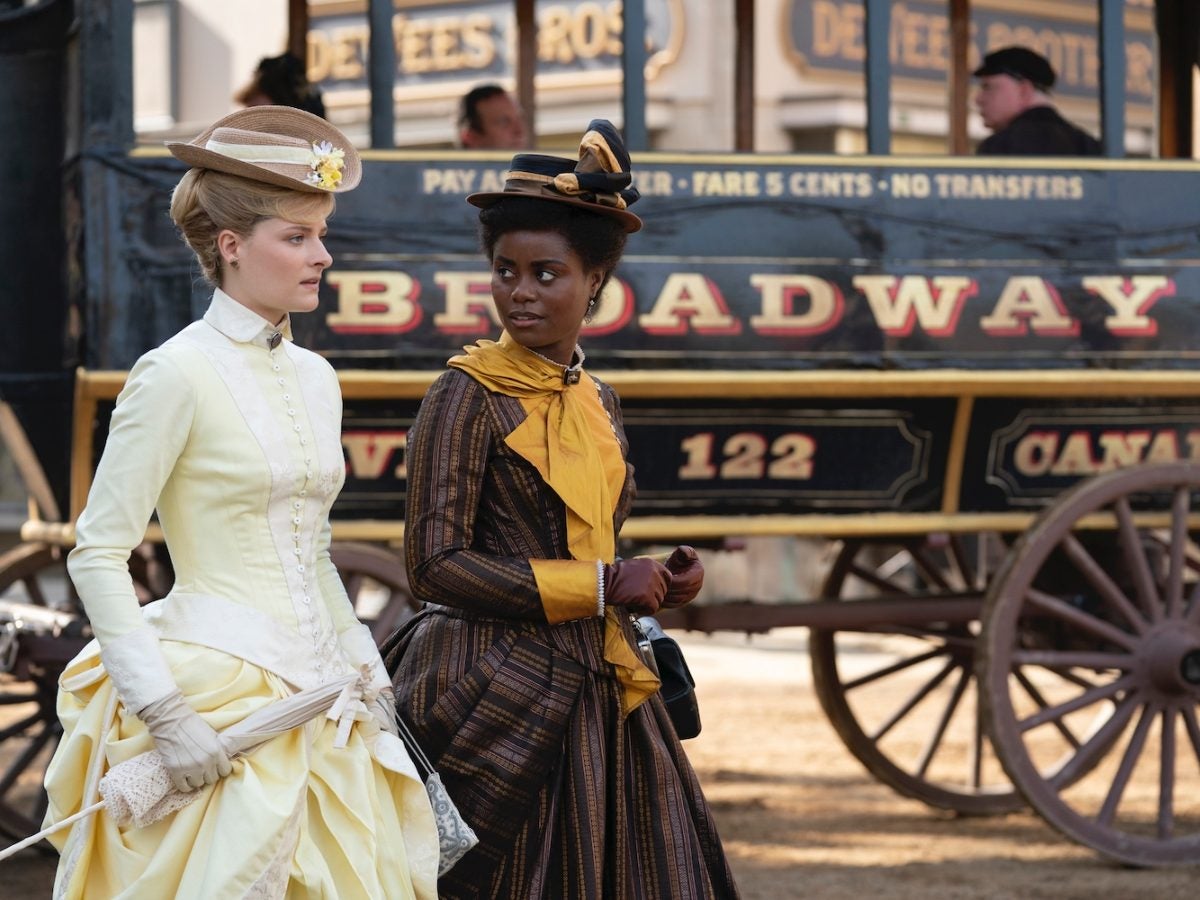
In the new HBO series The Gilded Age we watch the beginnings of a platonic relationship between two women, living in the United States in the late 1800s. Marian Brook, a white woman from a well-to-do family in Manhattan and Peggy Scott, a Black woman whose family belongs to the Black elite of Brooklyn.
The women meet one another after Peggy, played by actress Denée Benton, loans Marian (Louisa Jacobson) train fare. They remain in one another’s lives as Peggy takes a job working for Marian’s aunt Agnes in an attempt to stay in Manhattan and pursue her dream of becoming a published writer. Marian and Peggy become friendly as they both attempt to navigate the world as young women. But, as you might assume, race and ignorance keeps Marian from fully understanding Peggy’s plight as a Black woman in a newly emancipated America.
“We have to be honest and recognize that interracial friendships between young women in the 1880s was relatively rare,” Dr. Erica Dunbar, historical consultant for The Gilded Age and history professor at Rutgers told ESSENCE. “Not only in part because of segregation (which had yet to be federally sanctioned) but these people ran in completely separate, different worlds.”
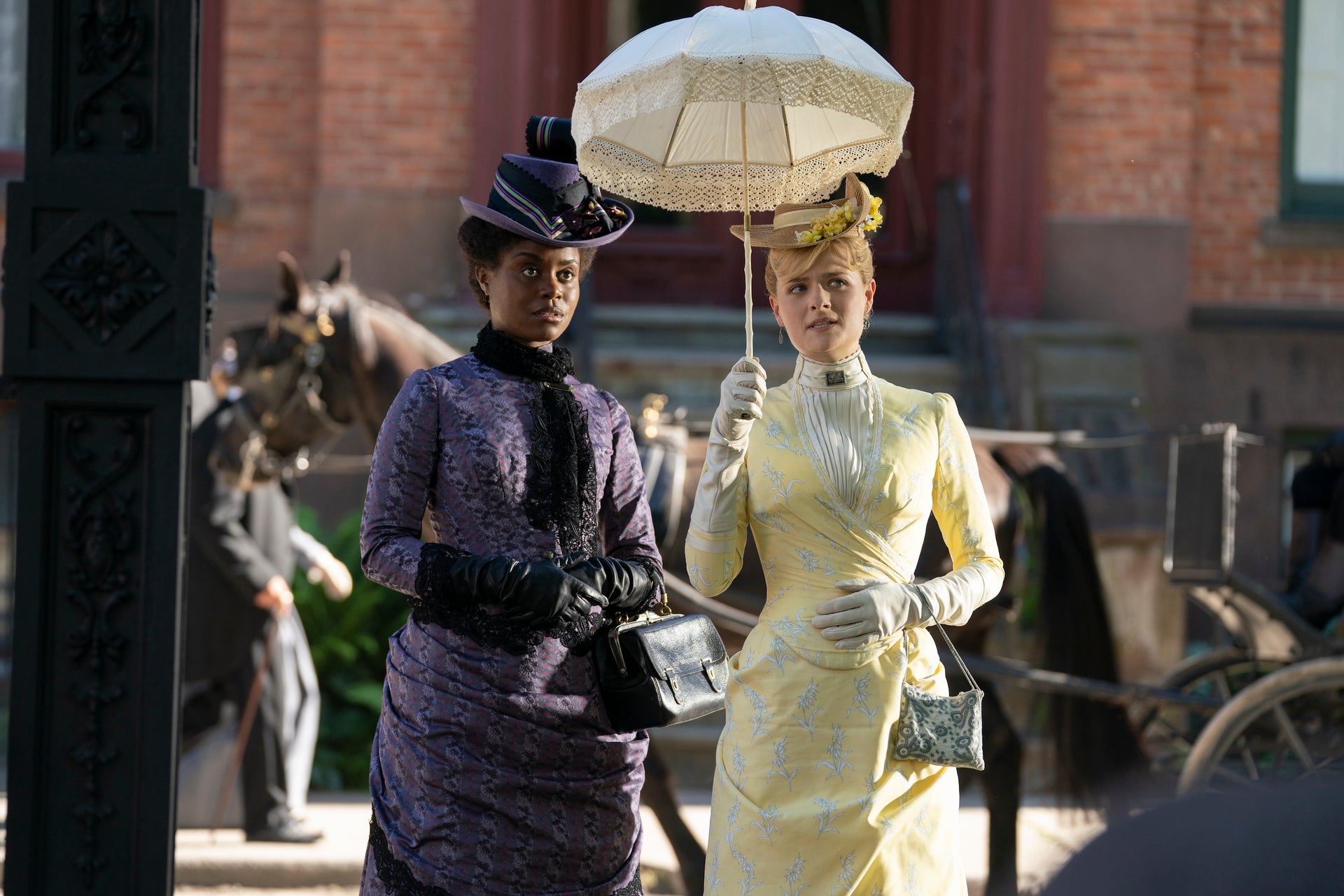
Dunbar says that while there are examples of Black and white women abolitionists writing to one another, those relationships were “almost always marred by some level of racism and stereotyping. And because of the power dynamics based on race, there is an inequity. And we see that with Peggy and Marian.”
One such moment manifests itself in episode four when Marian invites herself into Peggy’s family home in Brooklyn unannounced. Not only does she arrive without an invitation, she brings hand-me-down shoes for the Scotts. The move was presumptuous and unnecessary as Peggy’s father owns and operates his own pharmacy.
Sonja Warfield, writer for the show, notes that this moment fictitiously depicted in the 1800s, is not unlike the microaggressions modern day Black women still experience.
“I was friendly with this one woman and her mother had a bunch of designer clothes–St. John,” Warfield tells ESSENCE. “She brought over all these clothes one day because she thought I would want them. I had all sorts of thoughts and words that I did not say. What I did say was, ‘No, I don’t want your clothes.’ And she was astounded. She was white I should say. She just couldn’t believe…She said, ‘They’re St. John!’ I said, ‘Yes, I’m familiar with that designer. I can buy my own clothes.’’
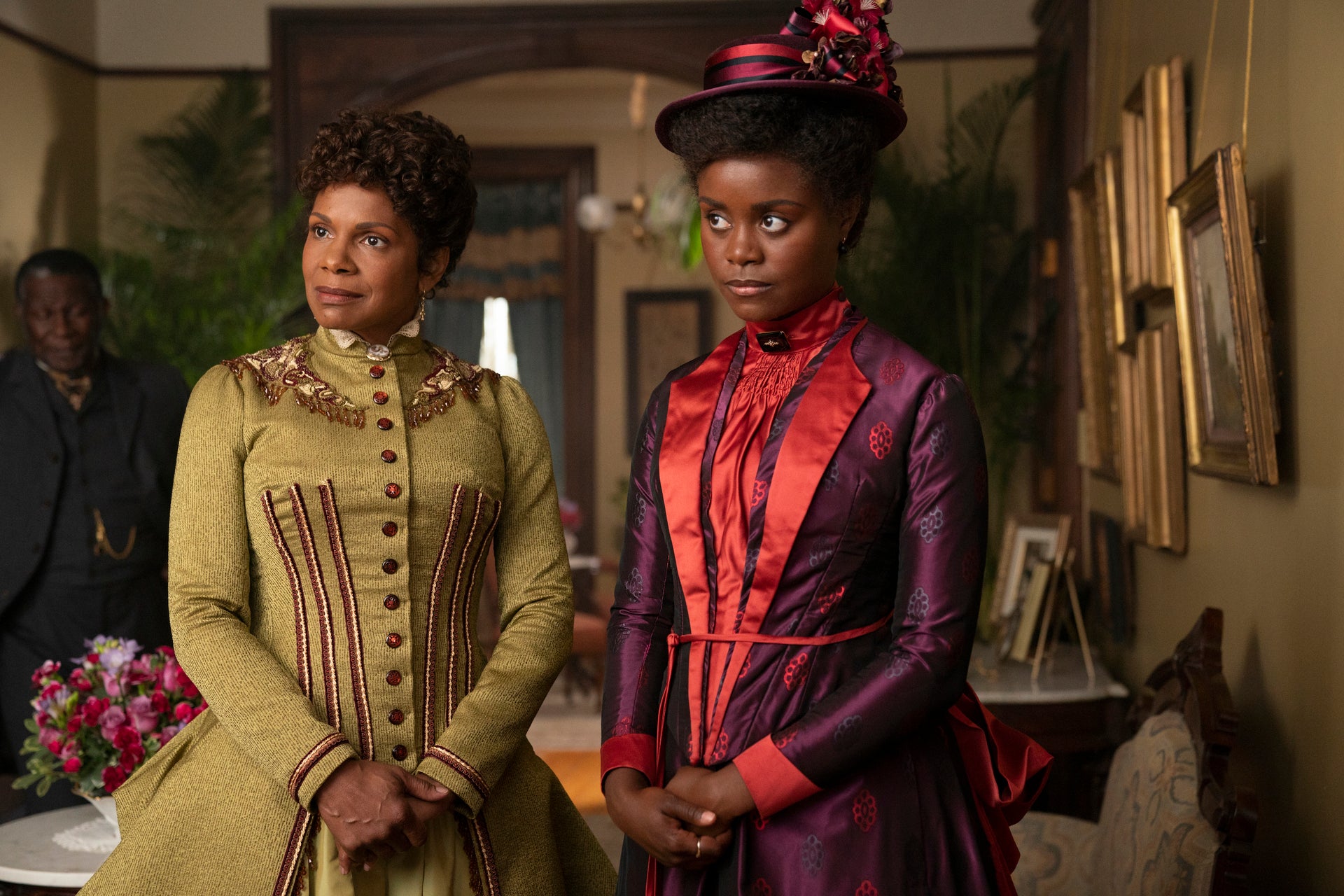
Warfield says the similarities between her real life and Peggy’s illustrate that for Black women, as much as things change, they stay the same.
Denée Benton, who portrays Peggy, says the tension that arises between Peggy and Marian is one that materializes in real-world friendships between Black and white women.
“It’s a fracture that I’ve had to go through with almost every white friendship that I’ve had in the 21 century,” Benton says. “What happens when you inevitably show your behind because you were raised as a white person in this society? If we’re going to build real trust, what does that look like? How do you recover from a misstep?”
Benton says that Marian’s decision to come to Peggy’s home unannounced is particularly egregious given the time period.
“The original violation was Marian thinking she had access to Peggy’s space and her world,” Benton explains. “As a Black woman, at that time–20 years out of actually having ownership of yourself and not being owned by someone else–that is a huge boundary violation. It’s about Peggy being like I didn’t invite you here. This is my boundary and I get to choose what you know. It’s my right. I thought that tension was really important to lean into.”
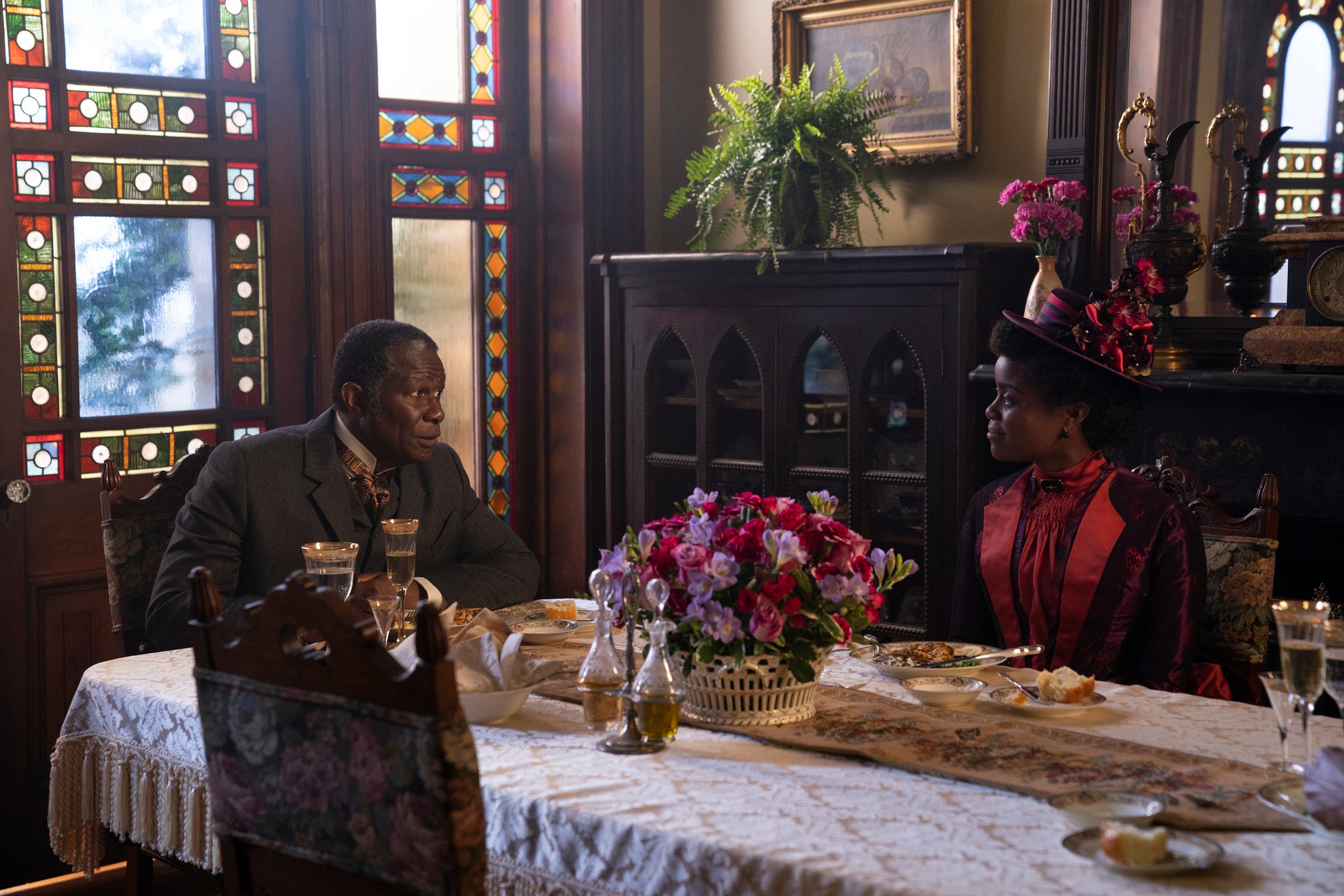
In addition to interracial friendship, Peggy’s storyline draws a lot of parallels to the experiences of Black women today. For Benton, she says portraying Peggy is about the intimacy in the intersection.
“Where do you actually go to be truly seen?” Benton asks of Black women of the 1800s and now. “In Agnes’ house, she’s the only Black person. At [her job], she’s the only woman. In her home, she’s still dealing with the tyranny of patriarchy and her father. The one time Peggy is fully seen is with her mom.”
Benton says she searches for that same belonging in her life. “As a queer Black woman where can I go to really feel like I don’t have to nip and tuck and pick and choose what parts of me you see?”
Benton, who says she is anxious to know how Black women will receive The Gilded Age, says, “I’m excited to see, if we get a season 2, what it looks like for Peggy to build that community and haven or if it’s interesting to watch her be without it.”
The Gilded Age is streaming now on HBO.

